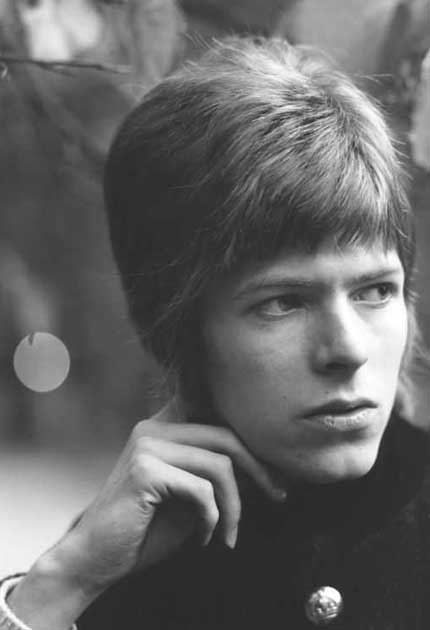Beatles to Bowie: the 60s exposed, National Portrait Gallery, London

The Sixties? It was the decade when popular music in Britain threw off the shackles of America, became shaped and defined by photographic imagery as never before, and when the worlds of pop and fashion eagerly jumped into bed together. This comprehensive show at the National Portrait Gallery, which looks at Britpop year by year, gives us many of those defining images by Beaton, Bailey and others, and much else too – umpteen examples of the new pop and fashion magazines that flourished in that decade; sheet music; archival film of such pioneering TV shows as Ready, Steady, Go!; record covers, and all this to the accompaniment of the music of that decade.
The show opens with images of some of those earliest home-spun pop sensations – that not-so-menacing-to-mum teen idol Cliff Richard, for example, looking so sweet-natured beneath the teenage posing, caught lying on a sofa in the smart new home in Essex he bought to live in with his mother and sister. Ah...
Later on the portraits get slicker and more sophisticated. Look, for example, at the image-defining photographs of the Beatles that Astrid Kirchherr took in Hamburg as early as November 1962. By 1963, the Merseysound had taken the charts by storm, and this tremendous outpouring of youthful vitality is summed up so well in Fiona Adams's shot of the leaping Beatles, which was used (uncredited) on the cover of the Twist and Shout EP, released in July 1963. Gerry Marsden, lead singer of another Mersey supergroup, Gerry and the Pacemakers, also had himself photographed in playfully violent physical flight – sweeping down a slide like a crazed kid in a playground. There's something innocently boyish about so much of this.
Not so with the Stones and the Who, whose images seem to introduce a new note of violence and menace. Early photographs of the Stones often show them in relentlessly urban settings – a London partially smashed up by the Blitz. The Who, photographed by Colin Jones in 1966, come wrapped in the Union flag, with Townshend's huge, probing proboscis stinking of moody, implacable defiance. Only Roger Daltrey's slightly strange, everybody's-favourite-granny hair style in that same photograph seems to jar with the image of the group as the very worst of the Bad Boys.
To 24 January 2010 (020-7306 0055)
Subscribe to Independent Premium to bookmark this article
Want to bookmark your favourite articles and stories to read or reference later? Start your Independent Premium subscription today.

Join our commenting forum
Join thought-provoking conversations, follow other Independent readers and see their replies